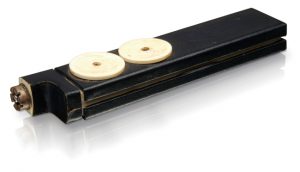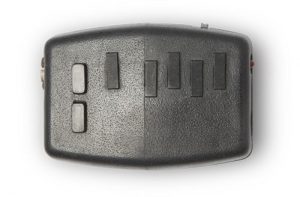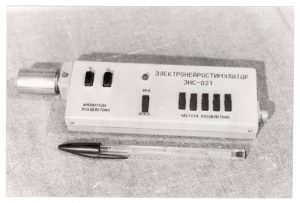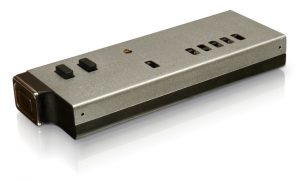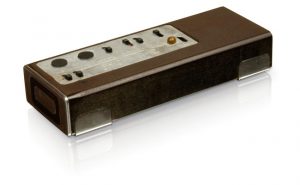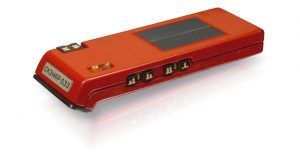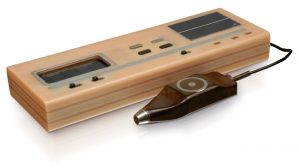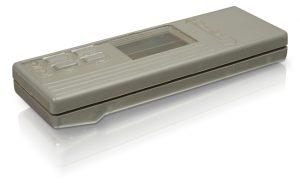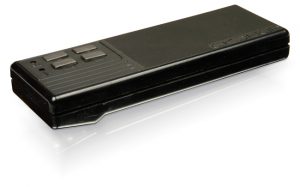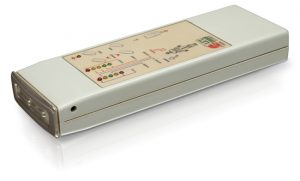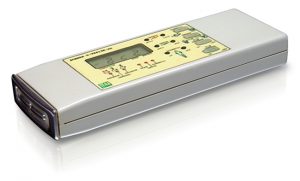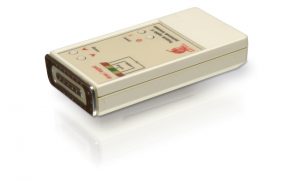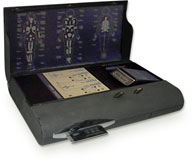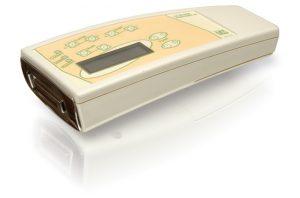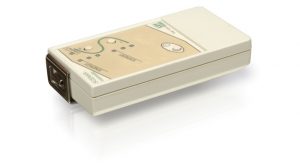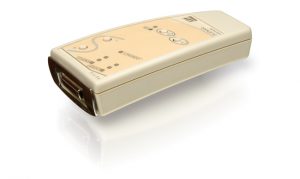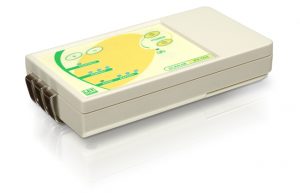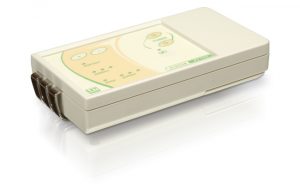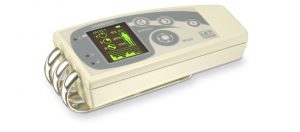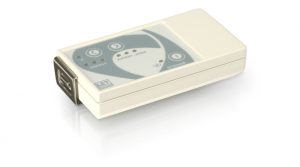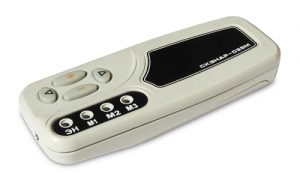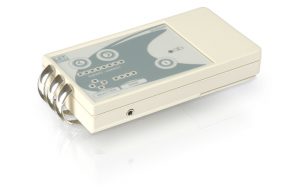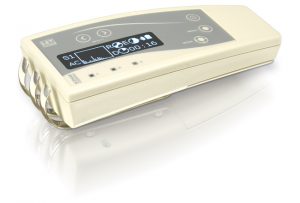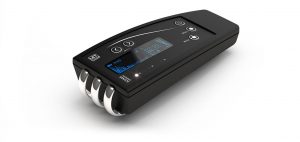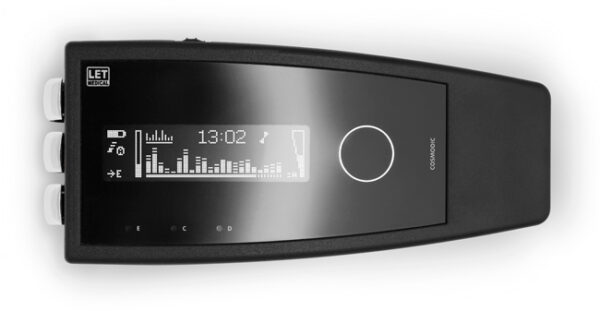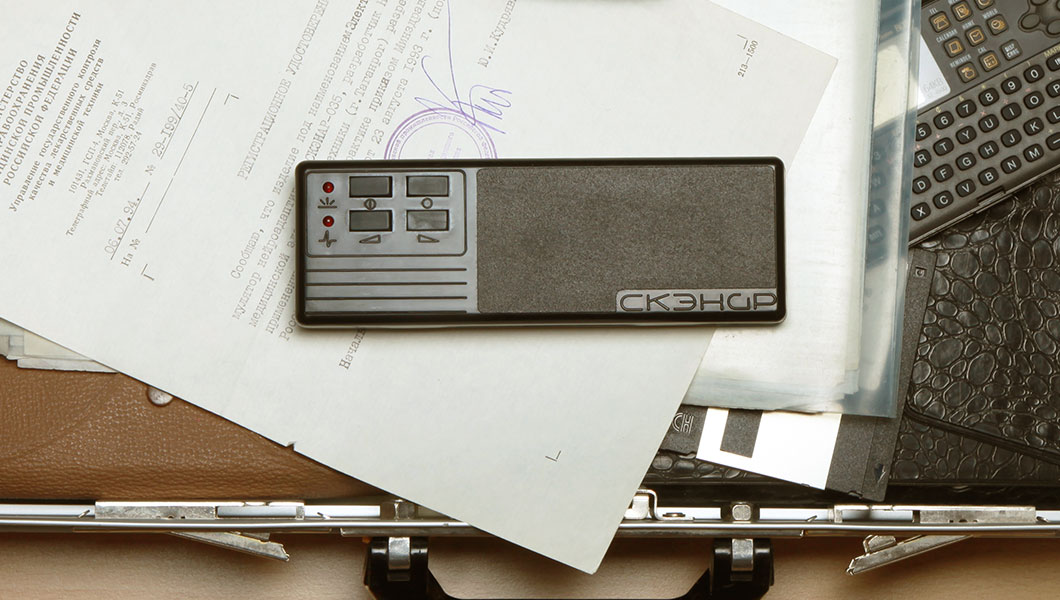1970`s
In the early 1970`s, new methods of treatment started filtering through to the Soviet Union. These mainly were methods of ancient oriental medicine — reflexotherapy (needle reflexotherapy, acupuncture), which was then known as zhen-jui method.
Reflexotherapy (as you can see from the term) is a part of the treatment concept based on the principle of reflex — the most universal mechanism of nervous activity.
One of the main reasons why this method of treatment became so poplar was that it allowed treating diseases without medications or significantly reducing the use of medications.
Another important thing here is that with professional treatment there are no side-effects, while most medications cause them.
Such approach is only successful when applied by professional acupuncturists, but even in this case it does not guarantee 100% result. Self-treatment is, of course, out of the question.
Using reflex mechanisms for self-treatment is a very good idea. And it can be used for treatment of nearly all diseases. As any irritation is transmitted in our body in the form of nerve (electrical) impulses, it should be possible to make a universal “electrical” pill, why not? That is what Alexander Karasev was thinking about in 1972.
